The Dominican Republic boasts a culinary landscape as rich and varied as its history. At the heart of this gastronomic tapestry is the national food, a testament to the island’s diverse cultural influences. From the humble kitchens of Santo Domingo to the bustling food stalls of Punta Cana, the national dishes of the Dominican Republic offer a taste of tradition and a touch of home.
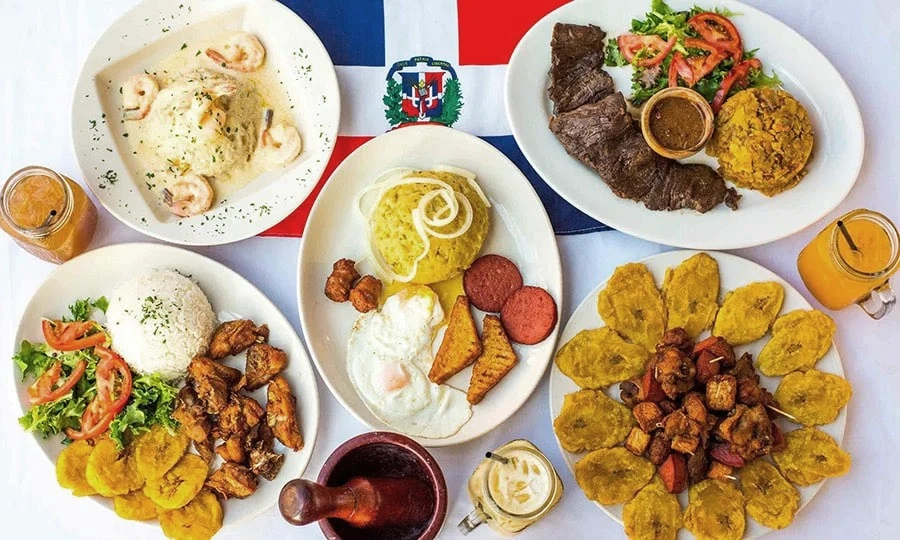
In this journey through the Dominican Republic’s favorite flavors, we’ll uncover What is the national food in Dominican Republic and the stories behind the beloved dishes that have become symbols of national pride. Whether it’s the comforting spoonful of a hearty Sancocho or the familiar sight of La Bandera on a lunch plate, these foods are more than just meals—they’re a celebration of the Dominican spirit.
Join us as we explore “What is the national food in Dominican Republic?” the ingredients, the history, and the people that make Dominican cuisine truly unique.
The Heart of Dominican Cuisine
La Bandera: A Symbol on the Plate
La Bandera is a dish that stands as a proud emblem of the Dominican Republic’s culinary identity. It’s a simple yet profound meal that consists of white rice, red beans, and meat, typically chicken or beef. The colors of the dish pay homage to the national flag, hence its name, which means ‘The Flag’ in Spanish. The rice is cooked to a soft fluffiness, the beans are simmered in a blend of local herbs and spices, and the meat is prepared to bring out its full flavor, whether it’s stewed, grilled, or fried.

Sancocho: The Celebratory Stew
Sancocho is more than just a stew; it’s a symbol of Dominican hospitality and festivity. This rich concoction combines various meats with root vegetables like plantains, yuca, and taro. Each family has its own recipe, passed down through generations, making sancocho a personal experience as much as a national one. It’s a dish that’s often shared among friends and family, especially during celebrations, embodying the spirit of togetherness.
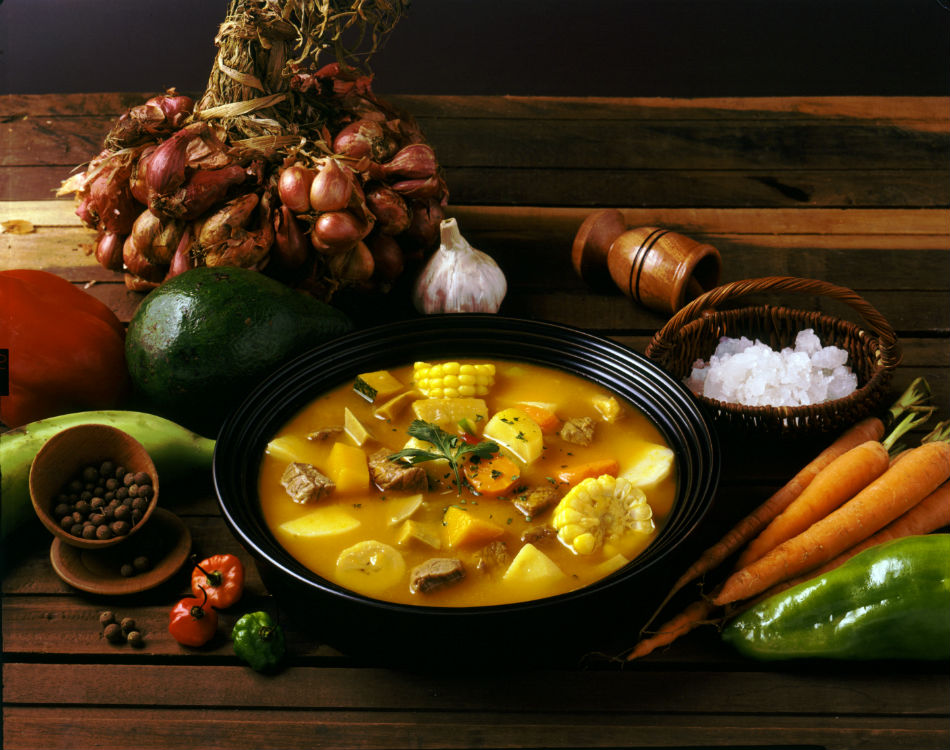
Mangú con Los Tres Golpes: A Breakfast Tradition
Mangú con Los Tres Golpes translates to ‘mashed plantains with the three hits,’ and it’s a breakfast that energizes the soul of the Dominican Republic. The ‘three hits’ refer to the accompanying sides: fried eggs, fried salami, and fried cheese. The plantains are boiled and mashed, then topped with pickled red onions, providing a balance of flavors that’s both hearty and refreshing.
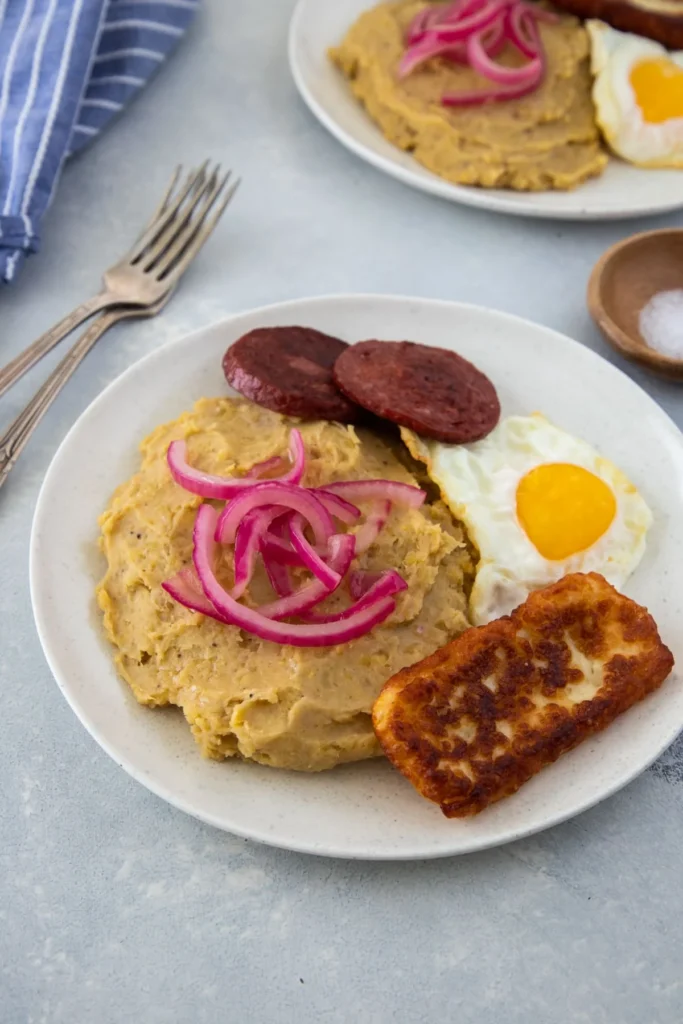
What is the national food in Dominican Republic?
Culinary Influences and Evolution
The Dominican Republic’s cuisine, known as Comida Criolla, is a flavorful testament to the island’s history of cultural convergence. The Taino, African, and Spanish influences have woven a rich tapestry of tastes and traditions that define the nation’s palate today.
Taino Contributions: The Indigenous Roots
The Taino people, the island’s original inhabitants, left an indelible mark on Dominican cuisine. Their use of native ingredients like yuca, sweet potatoes, and seafood laid the foundation for today’s dishes. The Tainos introduced methods like barbecuing, which continues to be a popular cooking technique in the Dominican Republic.
Spanish Flavors: A Colonial Legacy
With the arrival of the Spaniards came a wave of new ingredients and culinary techniques. They introduced rice, wheat, cattle, and a variety of spices, transforming the island’s food landscape. The Spanish influence is evident in the use of olives, raisins, and capers in many Dominican recipes.
African Savory: The Soul of the Cuisine
African culinary traditions arrived with the transatlantic slave trade, bringing robust flavors and hearty ingredients. Dishes like sancocho, a rich stew made with various meats and root vegetables, embody the African influence with their depth of flavor and communal significance.
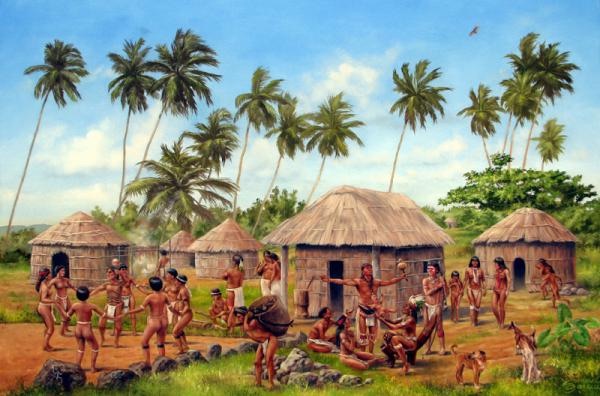
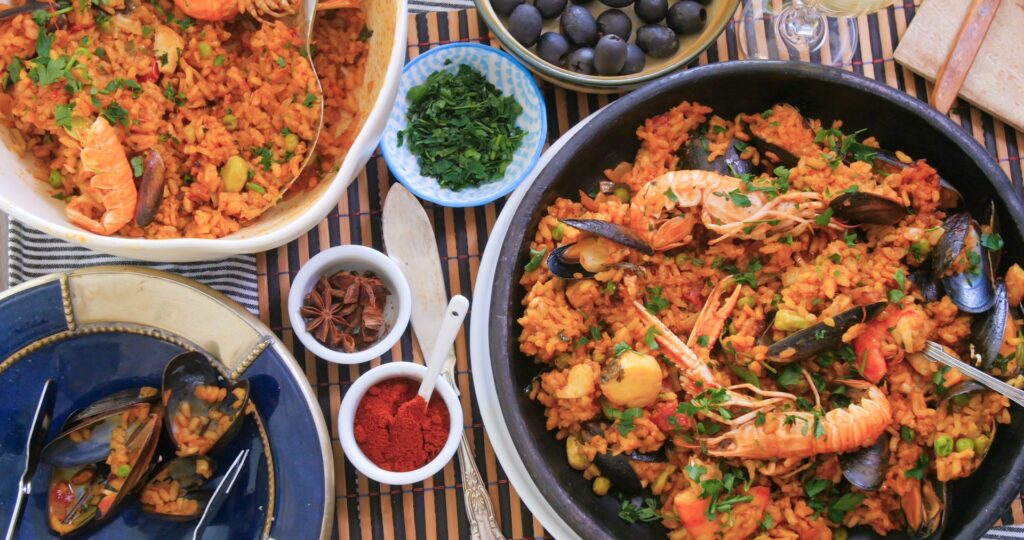
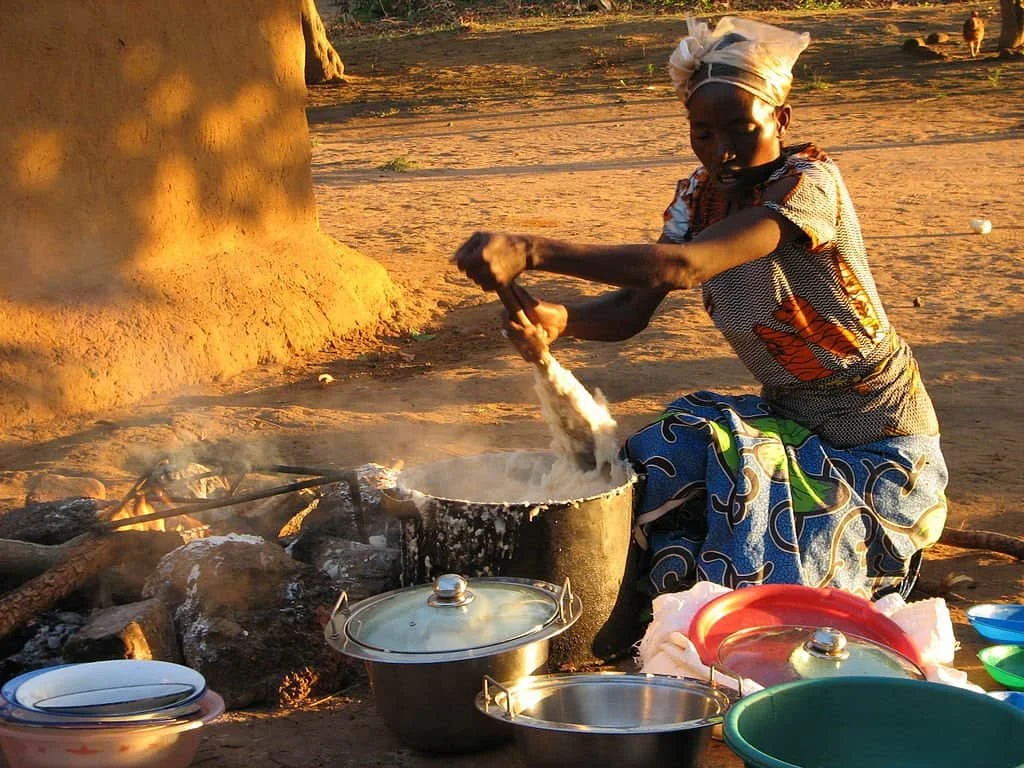
A Melting Pot of Flavors
Over the centuries, these three cultures have melded together to create what is known today as Comida Criolla. This cuisine is characterized by its bold flavors, hearty portions, and the use of fresh, local ingredients. It’s a cuisine that tells the story of the Dominican Republic, one plate at a time.
The Evolution of Dominican Cuisine
As the Dominican Republic continues to welcome influences from around the world, its cuisine evolves while staying true to its roots. Today, Dominican chefs are experimenting with traditional recipes, infusing them with modern techniques and global flavors, ensuring that Dominican cuisine remains a dynamic and integral part of the nation’s cultural expression.
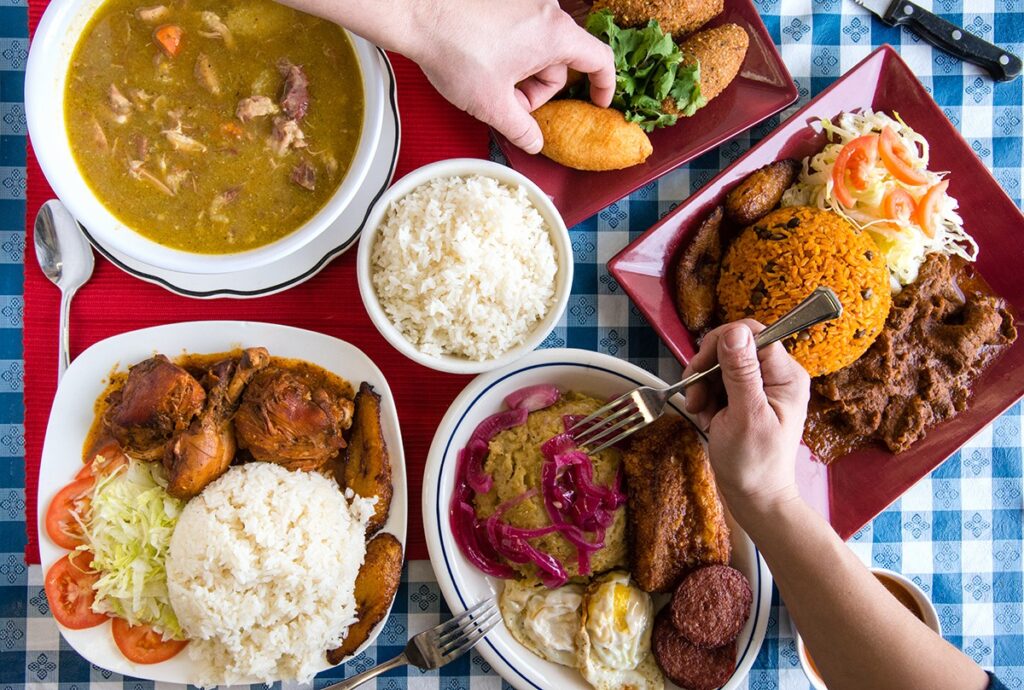
Where to Savor Authentic Dominican Flavors
Embarking on a culinary journey through the Dominican Republic is an adventure for the palate. The island’s eateries range from high-end restaurants to local food stalls, each offering a unique taste of authentic Dominican cuisine.
Discovering Local Gems
To truly experience the essence of Dominican cooking, one must venture beyond the tourist spots and into the heart of local communities. Here, small, family-run establishments serve up dishes that have been perfected over generations. These places, often tucked away in neighborhoods or by the seaside, are where you’ll find the most authentic flavors.
The Colonial Zone: A Culinary Crossroads
The Colonial Zone in Santo Domingo, a melting pot of history and culture, is also a culinary hotspot. Here, the streets are lined with restaurants that showcase the best of traditional Dominican dishes, each with its own twist on classic recipes. From savory mofongo to sweet tres leches, the variety is as rich as the history of the area.
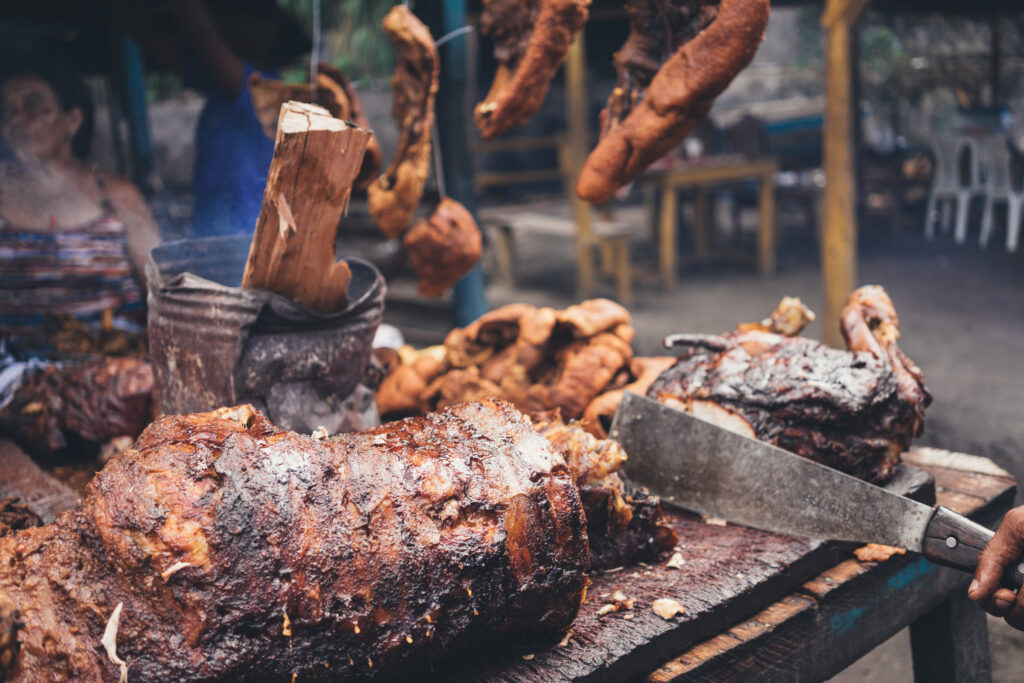
Coastal Delights: Fresh Seafood With a View
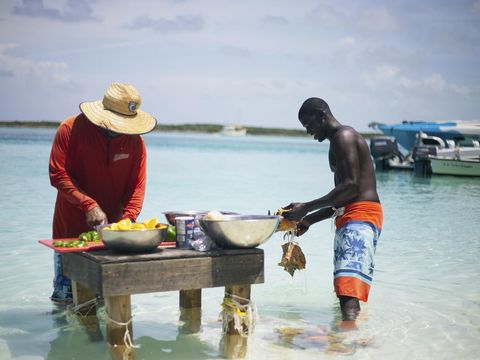
Along the Dominican Republic’s extensive coastline, seafood is a staple. Beachside shacks offer the freshest catch of the day, often grilled to perfection and served with a side of tostones (fried plantains) and a cold Presidente beer. The experience of dining with the sand between your toes and the sound of waves in the background is unmatched.
The Heartland: Rustic Flavors of the Countryside
In the rural heartland of the Dominican Republic, the cuisine takes on a rustic charm. Here, the dishes are hearty and filling, with a focus on locally sourced ingredients. It’s not uncommon to find a roadside stand serving up a steaming bowl of sancocho, the beloved multi-meat stew, especially on cooler days in the mountainous regions.
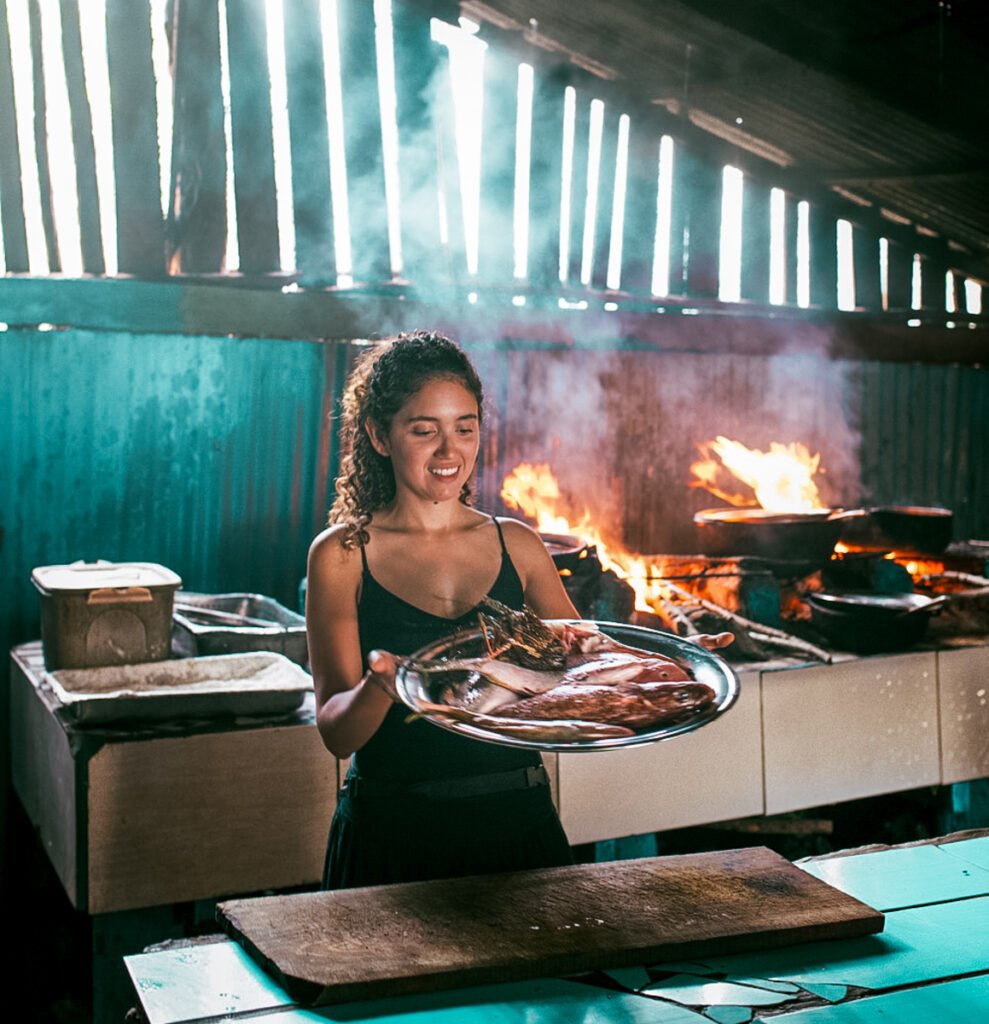
Embracing Street Food Culture
Dominican street food is a world of its own, offering quick, delicious, and affordable options. From empanadas filled with cheese or meat to sweet, sticky dulce de coco, the street food scene is an integral part of the Dominican culinary experience. It’s a chance to eat like a local, trying a bit of everything as you explore.
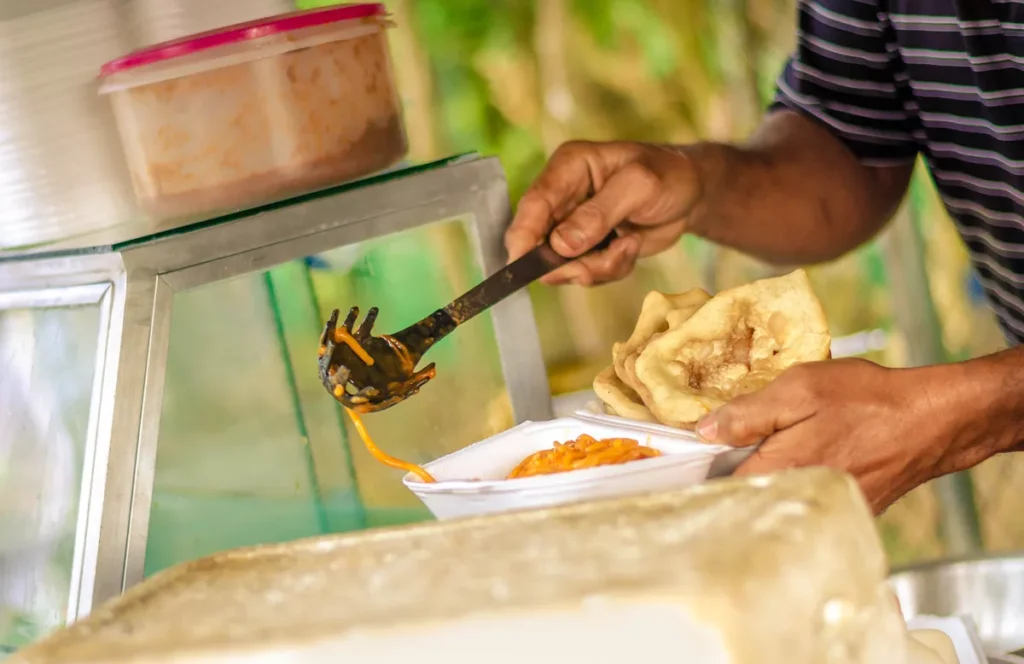
Final Analysis
We have just explored “What is the national food in the Dominican Republic?” Whether it’s a sit-down meal in a historic district or a quick bite from a street vendor, the Dominican Republic offers a diverse array of dining experiences. Each meal is an opportunity to connect with the country’s culture, history, and people. So, pull up a chair or grab a snack on the go, and let the flavors of the Dominican Republic transport you.
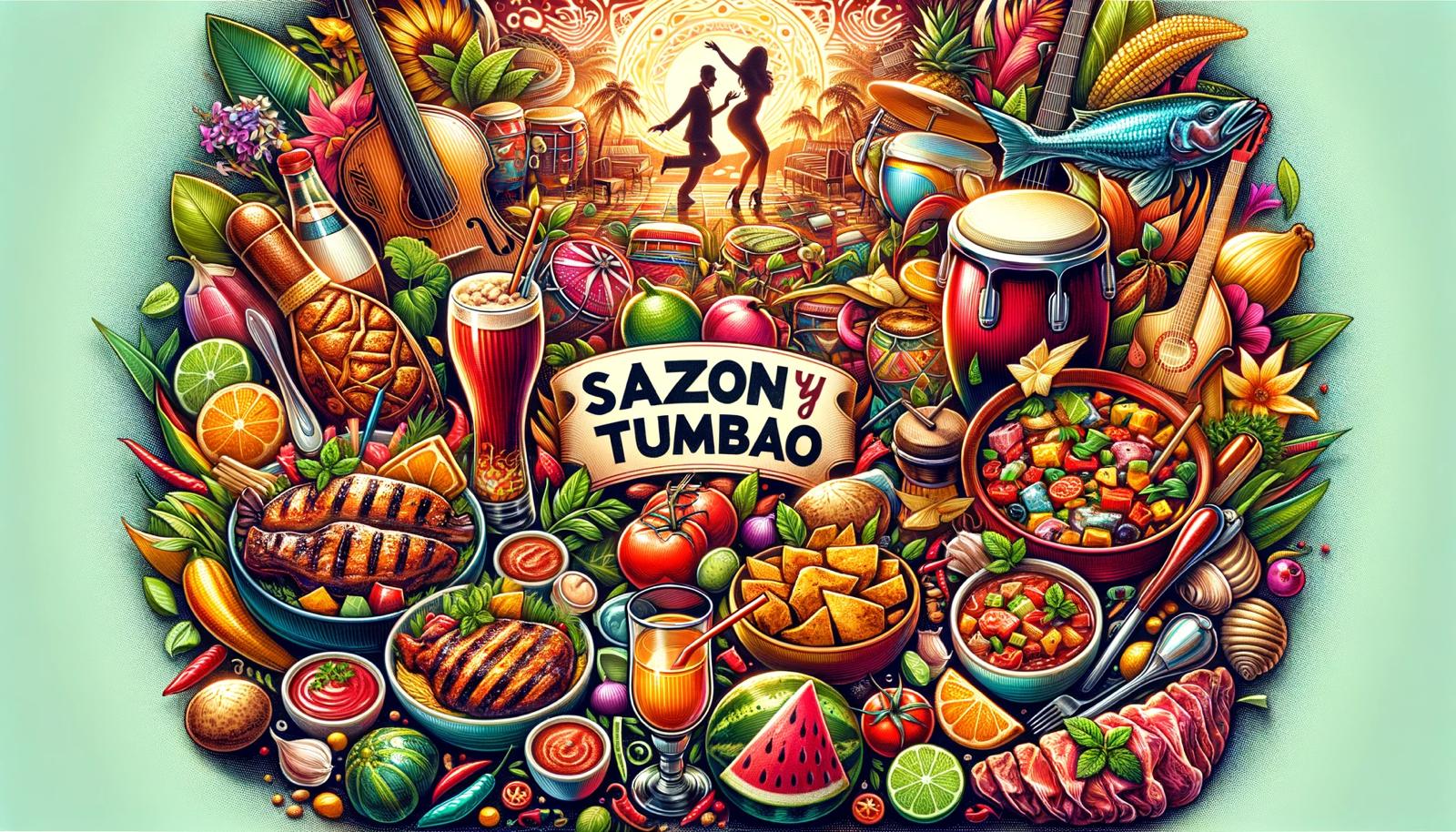
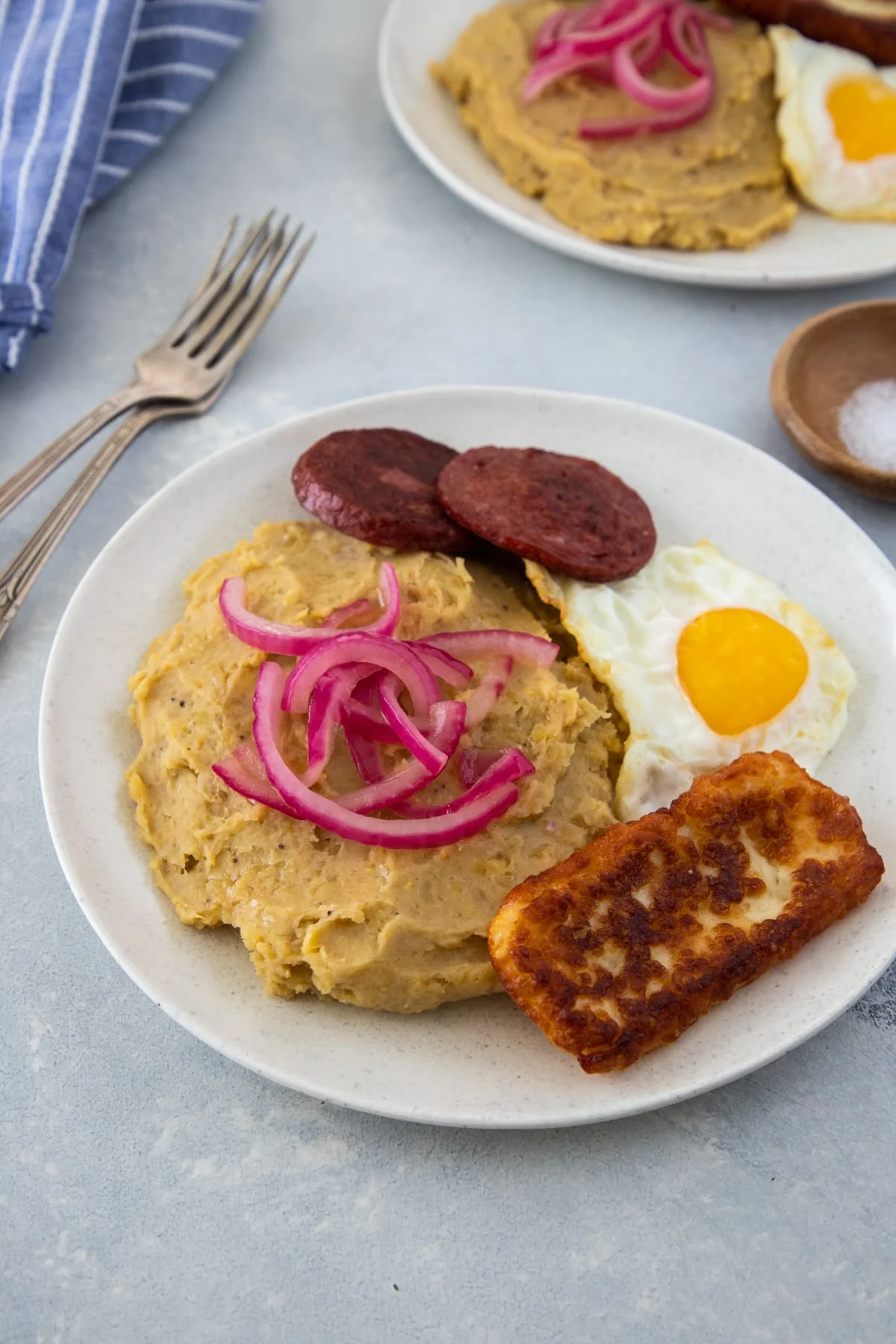
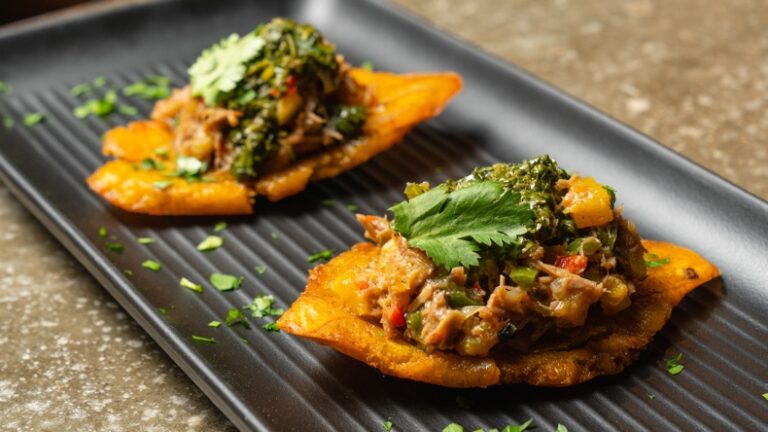

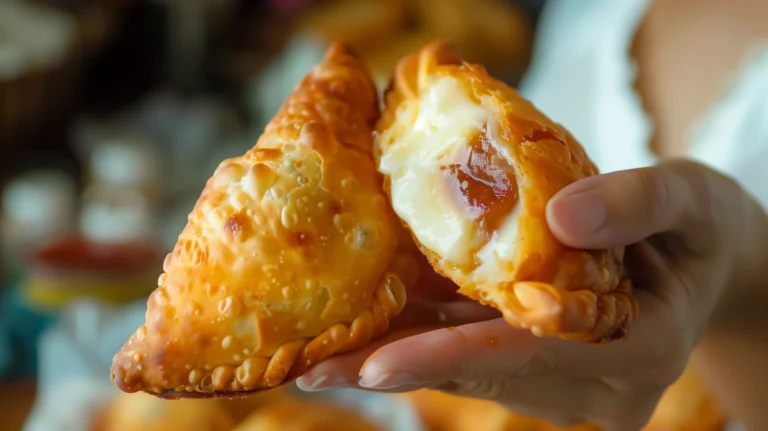
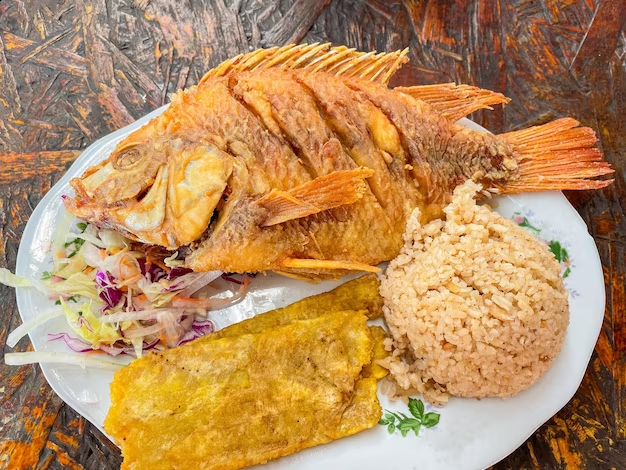
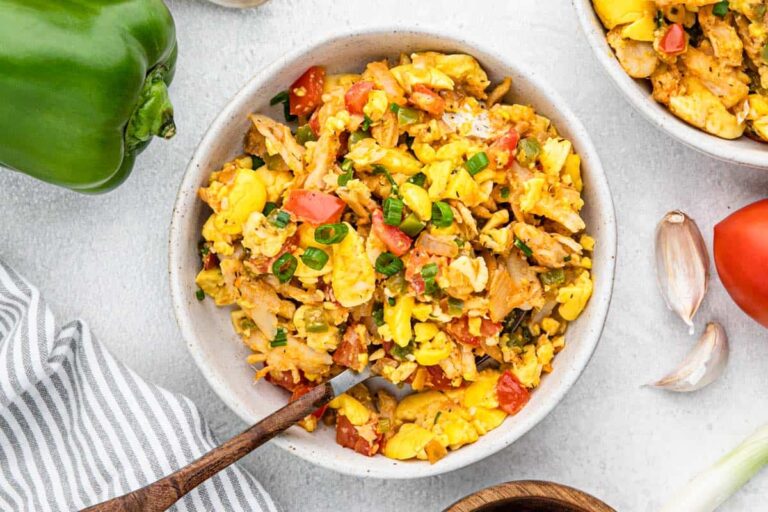
One Comment